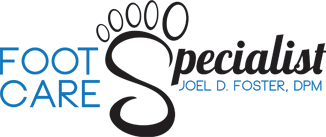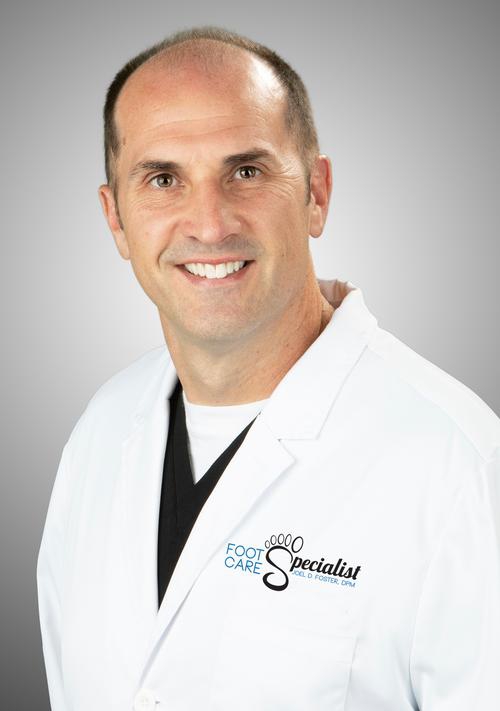Achilles tendinitis is the result of strain or overuse of the Achilles tendon. This causes swelling and sometimes small tears within the tendon. The Achilles tendon is the specific tissue that connects your calf muscles at the back of the lower leg to your heel bone. This condition is often found in runners who have recently and suddenly increased the duration and intensity of their runs.
It can also be common in middle-aged people who play sports on the weekends, such as basketball or tennis. Achilles tendinitis can be a very annoying and lingering condition. If left untreated, it can lead to tendon tears, also known as ruptures, that will likely require surgical care.
What Are the Symptoms of Achilles Tendinitis?
Some of the most common symptoms of Achilles tendinitis include:
- Pain on the back of the heal when wearing shoes
- Pain and stiffness along the Achilles tendon in the morning
- Swelling of the tendon that is present all the time and gets worse throughout the day or with activity
- Severe pain during the day or after exercising
- Bone spur formation
- Thickening of the tendon
If you have ever experienced a sudden pop in the back of your heel or calf, it could be a sign that you have torn your Achilles tendon. Make sure you see your doctor immediately if you think that you may have torn your Achilles tendon.
How to Treat Achilles Tendinitis
Here are some of the treatment options available when treating Achilles tendinitis:
Non-Surgical Treatment
Achilles tendinitis is almost always treated conventinally. There are many non-surgical options available that will provide adequate pain relief. Though, it may take a few months or so for symptoms to adequately subside.
The mainstays of nonsurgical treatment will often include activity modification, anti-inflammatory pain medications, physical therapy exercises, and shoe wear modifications. Nonsurgical options often include:
- Rest – The first way to reduce your pain is to decrease or completely stop the activities that make the pain worse for you. If you are regularly doing high-impact exercises, like running, you will need to switch to low-impact options or stop exercising completely. In more severe chronic cases, your doctor may also give you an ankle brace or boot for complete immobilization.
- Ice – Another option is to place ice on the area that is most painful. It is very helpful and can help as needed throughout the day. It can be done for up to 20 minutes at a time.
- Non-Steroidal Anti-Inflammatory Drugs – Over-the-counter anti-inflammatory drugs such as naproxen and ibuprofen can help to reduce swelling and pain. However, if this is not working, prescription strength medication may be a better option.
- Physical Therapy – Physical therapy can be very helpful when it comes to treating Achilles tendinitis. Exercises such as calf stretches and muscle strengthening can help you to treat your tendinitis.
- Equinus Brace – This brace is the absolute best way to provide a stretch without causing additional injury. It is also far better than any night splint because the equinus brace stretches both posterior muscles at the same time. We offer this to our patients at a special discounted price.
- Supportive Shoes and Orthotics – Achilles tendinitis is often helped with certain shoes and orthotic devices. Shoes that are more open or softer at the back of the heel can help the tendon by reducing local pressure. Shoes with a stable and supportive heel and sole are very important to reduce rear foot and heel stress. Custom foot orthotics are very helpful in biomechanical control of the foot which not only helps in the healing process, but also greatly reduces the risk of reoccurence.
- EPAT –EPAT is a non-invasive form of regenerative treatment. It is designed to stimulate and aid the body’s natural healing responses.
- Laser Therapy – Laser therapy is a drug-free method of encouraging circulation, reducing swelling, and helping your body repair itself more quickly. The targeted beam of light penetrates deep into the area and stimulates cellular activity, trigging the body’s natural biological and biochemical responses.
- Stem Cell Injections – Ethically attained umbilical cord harvested stem cells provide significant healing potential. They provide an excellent source of glycosaminoglycans, hyaluronic acid, chondroitin, acid glucosamin, as well as naturally occuring proteins and lipids. This results in a more rapid healing response.
Surgical Treatment For Achilles Tendinitis
When it comes to Achilles tendinitis and surgical treatment, it should only be considered if the pain doesn’t improve after extreme conservative care. The surgery will depend on the location and the extent of the damage. Types of surgical treatment include:
- Debridement – Debridement is used to clean up and remove any damaged tissue.
- Gastrocnemius Recession – This is known as a surgical lengthening of the calf muscles. Tight calf muscles often place more stress on the Achilles tendon. This means that this treatment option is great for patients who are struggling to flex their feet.
- Surgical Repair – In cases of significant damage or large tear, surgical repair with sutures or anchoring is necessary.

